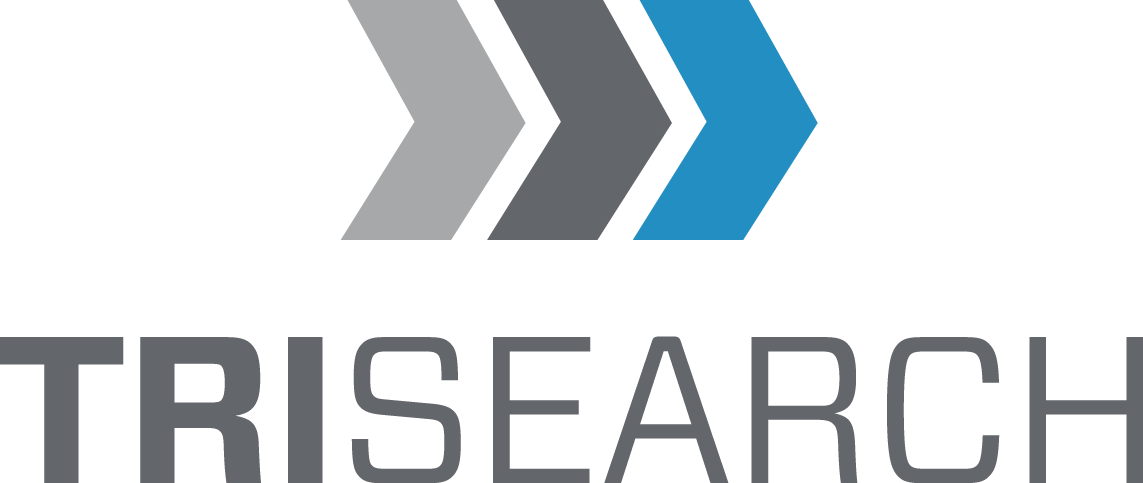This article explores the key differences between contingency and traditional recruiting models, examining their respective advantages and challenges. We analyze how organizations can leverage both approaches strategically to optimize their talent acquisition efforts in today's competitive hiring landscape.
Understanding Contingency and Traditional Recruiting Models
Distinct recruiting methods offer unique benefits and constraints that shape effective talent acquisition.
Defining contingency recruiting and its key features
Contingency recruiting is a performance‐based hiring model where recruiters are compensated only after successfully placing a candidate [1] . This approach typically involves fees ranging from 15–30% of the hired candidate's first‐year salary [2] . Unlike traditional arrangements, contingency recruiters work with no upfront costs, enabling companies to engage multiple agencies simultaneously to increase the chances of finding qualified talent [3] . This model is particularly effective for mid‐level positions and urgent, high‐volume hiring needs, incentivizing recruiters to maximize efficiency while accepting financial risk.
Traditional recruiting methods and their characteristics
Traditional recruiting relies on in‐house resources and established processes to source, screen, and hire candidates. Organizations using this model maintain dedicated recruitment teams that handle everything from posting job ads to conducting interviews [4] . Advantages include full control over employer branding, deeper cultural insights for better candidate fit, and elimination of external agency fees. However, this method can be slower and more resource‐intensive.
1. Full control over employer brand and communications
2. Deep understanding of company culture
3. Avoidance of external recruitment fees
At the same time, traditional recruiting may involve time‐consuming screening processes, limited market expertise, and substantial investments in personnel and technology.
Comparing fee structures and payment terms
Fee structures differ notably between the two models. Contingency recruiters charge 15–30% of a candidate's first‐year salary upon a successful placement, whereas traditional recruiting incurs ongoing internal costs [6] .
Payment terms for contingency arrangements typically align with the candidate's start date or shortly thereafter (often around 30 days) [7] , and many agreements include guarantee periods of 30–90 days to ensure value if the placement does not work out.
Advantages and Challenges of Contingency Recruiting
Speed and flexibility drive rapid candidate sourcing, yet quicker placements can compromise screening depth.
Speed and flexibility in candidate sourcing
Contingency recruiters excel at rapidly sourcing candidates due to their results‐driven model. With compensation tied only to successful placements, they present multiple qualified candidates quickly, increasing the likelihood of filling positions promptly [1] . However, the focus on speed may result in less comprehensive candidate evaluations.
Cost-effectiveness for employers
By only charging upon a successful hire, contingency recruiting can be cost-effective, especially for high-volume or specialized roles. Employers benefit from engaging multiple agencies simultaneously without bearing upfront fees, and guarantee periods add a layer of financial protection [1] .
Potential drawbacks and limitations
Despite its advantages, the contingency model can suffer from superficial candidate screening and may favor roles that are easier to fill. This approach can sometimes lead to a misalignment between a company's long-term cultural fit requirements and the candidates presented [8] .
Benefits and Limitations of Traditional Recruiting
In‐depth screening and exclusive partnerships result in quality hires, though often at the cost of time and higher expenses.
In-depth candidate screening and assessment
Traditional recruiting employs multi-layered candidate evaluations, combining resume reviews, in-person interviews, and reference checks to ensure a comprehensive assessment [12] . Enhanced by modern digital assessments and video interviews, this method minimizes hiring mistakes by thoroughly vetting candidates [13] .
Exclusive partnerships and dedicated resources
Organizations that invest in traditional recruiting often forge exclusive partnerships with recruitment teams, facilitating deeper insights into company culture and role requirements. This focused approach typically results in a smaller, more qualified candidate pool and improved retention rates [15] .
Higher costs and longer timelines
While offering thorough vetting, traditional recruiting incurs higher costs and extended timelines. Internal recruitment efforts can take 30–45 days or more, with additional hidden costs from prolonged vacancies and turnover, sometimes costing thousands per mis-hire [18] [19] .
Contingency vs Traditional Recruiting: Proven Strategies for Competitive Hiring
Aligning recruiting models with specific role demands can strategically optimize hiring outcomes.
Tailoring recruitment approaches to specific roles and industries
Different roles and industries demand tailored recruitment strategies. Niche, senior, or high-risk positions may benefit from retained searches with rigorous screening, while high-volume roles often see success with the speed of contingency recruiting [20] .
Leveraging technology and data-driven decision making
Modern recruitment leverages advanced data analytics and technology, including psychometric testing and performance metrics, to streamline candidate evaluations and reduce bias [24] .
Building strong employer branding and candidate relationships
A robust employer brand and proactive candidate engagement are essential for long-term hiring success. Strategic relationship management not only attracts top talent but also fosters loyalty and improved cultural alignment [25] .
- Contingency recruiting offers speed and flexibility, while traditional recruiting provides comprehensive screening and cultural alignment.
- Data-driven decision making is critical in modernizing recruitment processes.
- Tailoring recruitment approaches to match specific role demands optimizes talent acquisition.
- Strong employer branding and candidate relationship management foster enduring hiring success.
- A balanced blend of both recruiting models can yield the best results for many organizations.
To learn more about how TriSearch can help optimize your talent acquisition strategy, Contact Us today.
- https://www.aihr.com/hr-glossary/contingency-recruiting/
- https://www.bamboohr.com/resources/hr-glossary/contingency-recruiting
- https://vidcruiter.com/hr-glossary/contingency-recruiting/
- https://www.wework.com/ideas/professional-development/management-leadership/internal-vs-external-recruitment-pros-cons-and-methods
- https://trupathsearch.com/retained-vs-contingency-search/
- https://www.recruiterslineup.com/contingency-recruiting-fee-structure/
- https://blueprintexpansion.com/blog/the-benefits-and-drawbacks-of-contingency-recruitment/
- https://www.ciivsoft.com/traditional-vs-modern-candidate-screening-which-approach-is-more-effective/
- https://vervoe.com/screening-candidates/
- https://pacestaffing.com/2023/10/18/differences-between-candidate-screening-evaluation-and-selection-why-they-matter/
- https://www.techtalentandstrategy.com/the-power-of-specialized-recruitment-the-benefits-of-exclusive-recruiter-partnerships/
- https://www.linkedin.com/pulse/exclusivity-recruitment-pros-partnering-one-agency-cons-barrett-bsp5c
- https://www.linkedin.com/pulse/comparative-analysis-recruitment-time-costs-us-vs-middle-east-ewpsf
- https://www.readytohire.com/blog/talent-cost-comparison/index.html
- https://www.linkedin.com/pulse/debate-contingency-v-retained-recruitment-whats-best-mark-stephens-u7zsc
- https://iiconnection.com/contingency-recruitment-vs-exclusive-recruitment-vs-retained-recruitment/
- https://www.eqstaffingsolutions.com/leveraging-data-driven-recruiting-for-smarter-hiring-decisions/
- https://www.big5assessments.com/blog/data-driven-recruitment/data-driven-recruitment-vs-traditional-recruitment/
- https://www.hcmworks.com/blog/what-is-candidate-relationship-management-crm-and-how-can-it-benefit-my-companys-contingent-workforce
- https://blog.iqtalent.com/7-candidate-relationship-management-strategies


